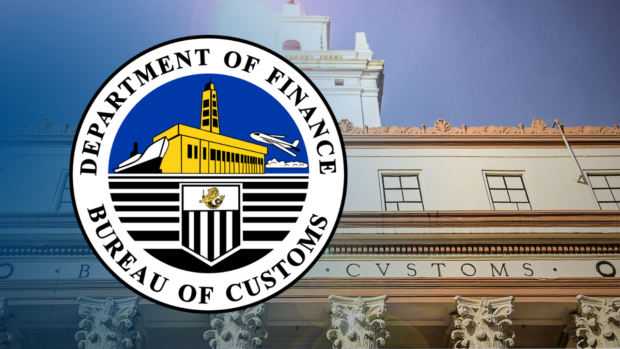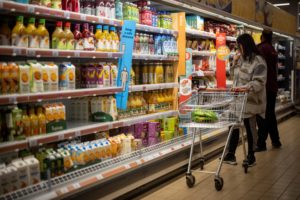
Bureau of Customs| FILE PHOTO
MANILA, Philippines—Sped up by the COVID-19 pandemic, digitalization at the Bureau of Customs (BOC) has made more than nine out of every 10 processes at the country’s ports automated.
In a statement on Wednesday (July 20), the BOC said 91.8 percent—or 156 out of 170—Customs import and export processes had been automated with the help of 33 information and communications technology (ICT) projects rolled out these past three years.
The current rate of automation at the BOC was “more than double” in 2019 or before the COVID-19 pandemic happened, the country’s second-biggest tax-collection agency said.
Back in 2016, only 40—or 28 percent—of the then 144 Customs processes were automated, BOC data had shown.
Last February, Customs Commissioner Rey Leonardo Guerrero replied “yes” when the Inquirer asked him if former finance secretary Carlos Dominguez III’s order to fully automate the BOC this year was achievable. Back then, the BOC’s processes were 82 percent automated.
Digitalization did not only fast-track Customs processes but also lessened contact between Customs personnel and stakeholders, helping combat graft and corruption, the BOC said.
“Aligned with the zero-contact policy, the BOC created customer care centers in the 17 collection districts to streamline customs processes and limit face-to-face transactions between the BOC and stakeholders while ensuring efficient trade facilitation,” it said. In June, Dominguez and Guerrero gave an order to institutionalize these customer care centers.
Last month, Guerrero spearheaded the launch of two new digitalization initiatives: the “i-Declare” system for digitalized and streamlined Customs baggage and currency declaration at airports, as well as an online payment system of Customs duties, taxes and other charges slapped on postal items handled by the state-run Philippine Postal Corp. (PHLPost).
Last year, the BOC rolled out the automated bonds management system , a “bureau-wide system for processing bond transactions, monitoring and aging bond balances, and flagging those that have matured.”
The BOC also last year launched the online portal for its authorized economic operator (AEO) program, which speeds-up transactions with “trusted” traders and operators. The BOC defines an AEO as accredited importers, exporters, Customs brokers, forwarders, freight forwarders, and transport providers that complied with international standards set by the World Customs Organization (WCO) and the World Trade Organization (WTO).
Another digitalization initiative introduced by the BOC last year was the automated inventory management system (AIMS) for Customs-bonded warehouses. AIMS monitors bonded goods’ stock inventories from the time of entry into warehouses until liquidation.
Also, the BOC last year implemented its electronic advance ruling system, where traders electronically submitted documents to secure origin and valuation rulings.
TSB
MOST READ
LATEST STORIES


